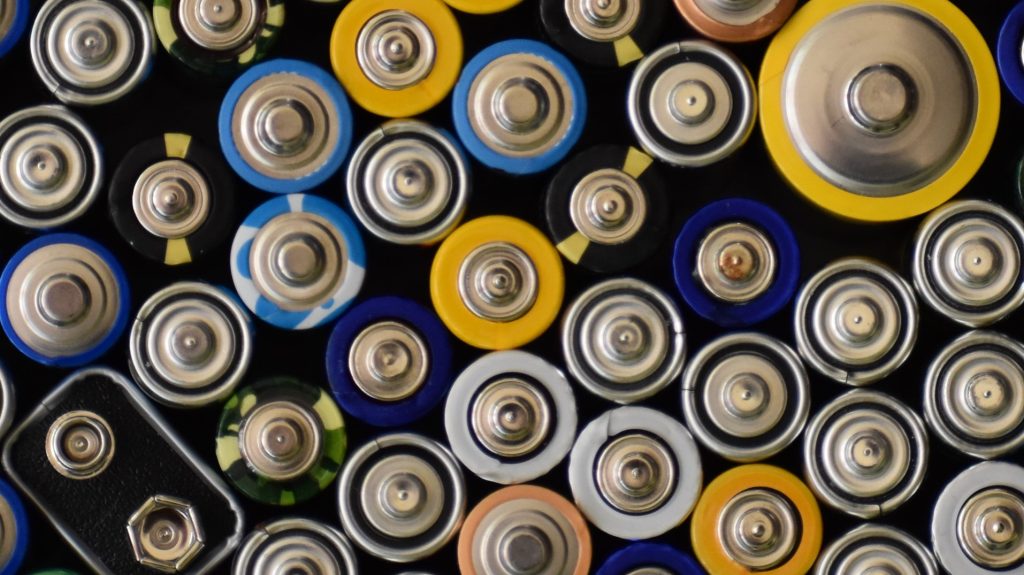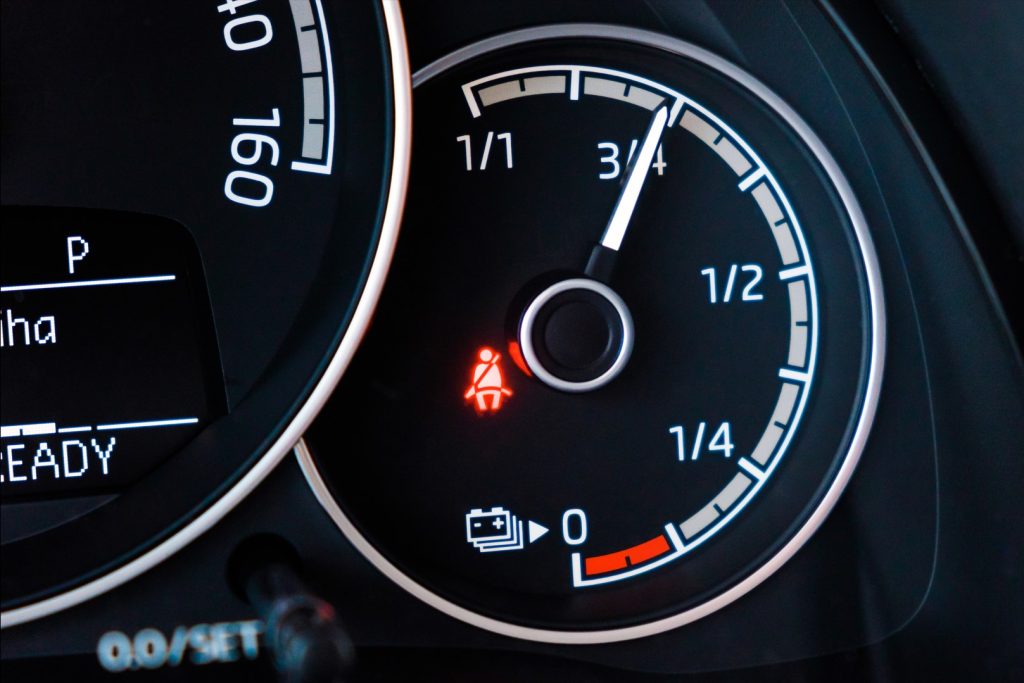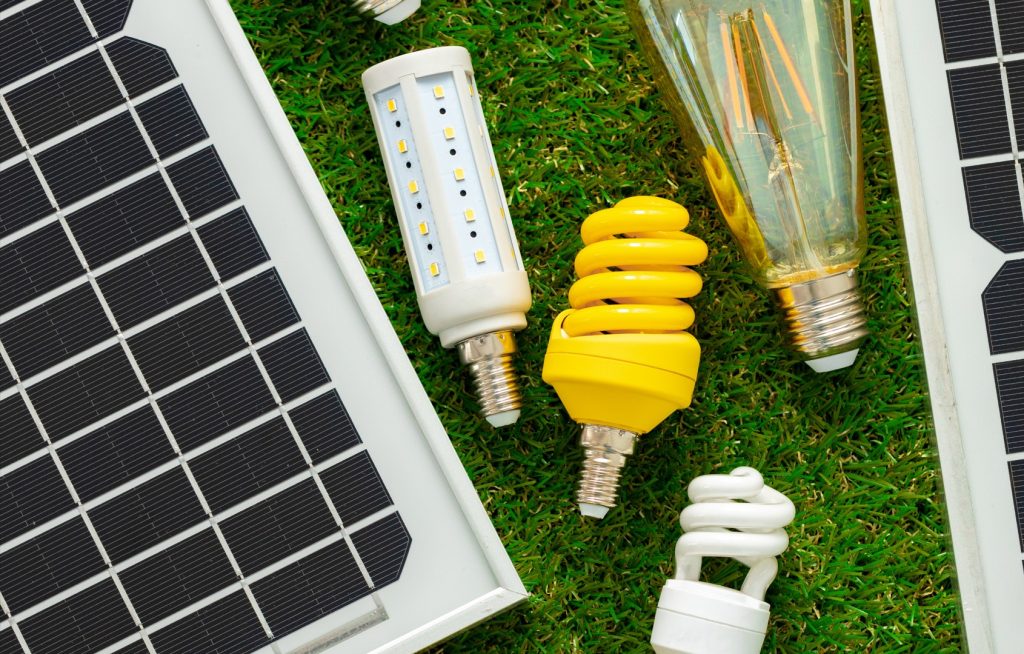Lithium-ion excessive demand and its consequences
Technology Overview
— A historical overview of lithium use and a summary of trends over the past 10 years
The Lithium Age
— Why is the demand for lithium growing?
— Lithium as a major competitor to black gold
— Lithium is the basis of the newest solutions. which sectors are most lithium-dependent?
— Is there an alternative?
— What do scientists think about the future use of lithium and its substitutes?
— Reflection on the global hunting of rare minerals (critical minerals).
Investments in lithium-related industries
— What kind of investments are being made in productions and innovations related to lithium and the latest energy in general?
Learning about lithium, you will find out that it’s a truly miraculous metal. Element number 3 is in batteries powering mobile devices and electric cars. Lithium is used for the treatment of certain psychiatric disorders by stabilizing mood, etc.
Demand and production of lithium increased significantly in the last decade. Statistics reveal that since 2010 lithium consumption has nearly quadrupled. There are rising concerns about the shortage of lithium as demand is outpacing supply. Let’s dig in to discover where lithium is used, and what solutions there are to meet the growing needs.
Lithium Age: The Commodity Star Behind Electric Vehicles and Other Cutting-Edge Technologies
Lithium, also called “white gold”, is one of the world’s critical minerals. Along with nickel, cobalt and other rare earth elements it has a key role in today’s rapidly growing clean energy technologies.

Learning about lithium, you will find out that it’s a truly miraculous metal. Element number 3 is in batteries powering mobile devices and electric cars. Lithium is used for the treatment of certain psychiatric disorders by stabilizing mood, etc.
According to The United States Geological Survey (USGS), the largest use of lithium is battery technologies accounting for 74% of the total use. As lithium is the lightest (least dense) metal, lithium batteries can be smaller and lighter than other types while holding the same amount of energy. Lithium-ion batteries are known for powering electric vehicles which is the main driver of the lithium demand. They are also used in everyday-life devices enabling high energy efficiency, and fast charging. Here are some examples of where lithium-ion batteries are used:
- electric cars
- renewable energy systems
- smartphones
- computers
- robots and drones
- wireless headphones
- medical devices
Another field where lithium is widely used is glass/ceramics production. Lithium enhances the strength of items making them more durable.
White Gold vs Black Gold: Will Lithium Replace Oil?
“Lithium batteries are the new oil,” says a tweet by Tesla CEO Elon Musk. Amid concerns about global warming, the world is undergoing a transition towards green energy, which results in increasing demand for Li and other critical minerals.
According to the International Energy Agency’s 2022 Outlook, energy technologies are becoming the fastest-evolving segment of demand. Until the mid-2010s, for most minerals, the energy sector represented a small part of total demand, but the picture has been changing. By 2040, lithium’s share of clean energy technologies will be almost 90% to meet global climate goals.
Oil and other fossil fuels release a large amount of carbon dioxide, which is the main cause of global warming. Lithium-ion batteries offer a solution to the problem by helping reduce carbon emissions and replace traditional devices. They power renewable energy systems by storing energy from solar and wind resources. This makes lithium the main competitor of oil, and one of the reasons for black gold’s decreasing demand. Electric cars and renewable energy solutions have already started to replace oil and gas. It’s expected that the future world will depend largely on critical minerals rather than fossil fuels.
Dealing With Lithium’s Increasing Demand: Solutions and Alternatives
According to estimations, by 2030, the lithium market will double in response to accelerating demand for electric vehicles and lithium-Ion batteries that are used in various applications. Companies and consumers are interested in safer, more durable, and more sustainable batteries, which raises concerns over lithium’s long-term supply shortage.

Lithium-ion batteries are known for powering electric vehicles which is the main driver of the lithium demand. Image: Envato Elements
Another challenge for lithium supply is that resources are concentrated in a few places and production is mostly in areas with high water stress. Lithium extraction requires high volumes of water which can lead to contamination and water overuse.
Scientists suggest different solutions for the existing problems:
- Direct Lithium Extraction (DLE)
Through different DLE techniques, it becomes possible to produce lithium from different sources like hard rock deposits and geothermal waters. It increases productivity while reducing the use of fresh water.
- Reusing and recycling
According to the International Energy Agency: “By 2040, recycled quantities of copper, lithium, nickel and cobalt from spent batteries could reduce combined primary supply requirements for these minerals by around 10%”.
- Alternatives to lithium-ion batteries
Lithium-ion batteries will probably continue to be the dominant battery technology in the future, but some alternatives can effectively contribute to global energy storage needs. These include flow batteries, sodium-ion batteries, and solid-state batteries.
Global Race for Critical Minerals: Who Are the Leaders?
Critical minerals such as lithium, nickel, copper, cobalt, and other rare earth elements are essential components in many of today’s fastest-growing renewable energy solutions – from wind turbines and electricity networks to electric vehicles and mobile devices. Demand for these minerals will grow quickly as clean energy transitions gather pace all over the world.
In the future, the energy sector will depend on critical minerals instead of oil or gas according to the “Net Zero by 2050” roadmap by IEA. As critical minerals power the transition to clean energy technologies, governments and private companies all over the world are developing policies for the successful transaction. In 2050, copper, lithium, and nickel will account for 80% of the market value.
Critical minerals such as copper, lithium, nickel, cobalt and rare earth elements are essential components in many of today’s rapidly growing clean energy technologies – from wind turbines and electricity networks to electric vehicles. Demand for these minerals will grow quickly as clean energy transitions gather pace.
Production for each mineral is concentrated. Mineral Commodity Summaries reveal that the largest producers of copper are Chile (40%), Peru (11%), and China (9%). Lithium is mostly produced in Australia (50%), Chile (22%), and China (17%). The top nickel producers are Indonesia (30%), the Philippines (13%), and Russia (11%).
As international competition over access to critical minerals is growing there appear new supply challenges related to political instability, supply chains, and scarce water resources. This means that the supply and demand of critical minerals are going to form new partnerships, transform international trade, and power new technological solutions. Done right, governments will be able to ensure the move towards renewable energy and mitigate climate change.
Investments in the Renewable Energy Industry: Lithium-Ion Battery Technologies and Beyond
Clean energy investment is heating up. Currently, more than 80% of total power sector investment comes from renewables, grids, and storage. Since 2020, investment in clean energy has been growing at an average annual rate of 12%. Various battery producers and lithium mining firms are playing a significant role in the industry.

The pathway to reach the Paris Agreement’s long-term global goal on temperature requires 7.1 TW of clean energy capacity to be installed by 2030
In 2022, the world’s biggest battery manufacturer Contemporary Amperex Technology Limited (CATL) invested $6 B in the battery industry in Indonesia and $7.6 billion in Hungary to develop technologies for Mercedes-Benz, BMW, Stellantis and Volkswagen. Among companies that attracted large investments since 2021 are lithium-ion battery manufacturer Northvolt ($2.8 billion), battery recycling startup Redwood Materials ($750 M), fusion energy company Helion Energy ($500 M), and many others.
Many governments are encouraging investment activities to support innovation and build domestic clean energy supply chains. Government funding is mainly focused on energy research and development activities.
What’s Next in the Renewable Energy Market
Writing this text using my lithium-ion battery-powered laptop and getting distracted by my smartphone which also has lithium in it, I started thinking once again about how mind-blowing today’s technologies are. Perhaps, at this very moment somewhere in the world people are installing new renewable energy systems, someone is buying their dream electric car, companies are signing new agreements, and scientists are coming up with new ideas.
There is so much going on in the industry that I guess while I will go on with my everyday life and then take a peek at recent news, I will see new, breakthrough solutions that make the world one step closer to a zero emissions future.

